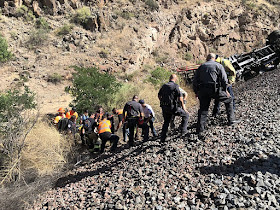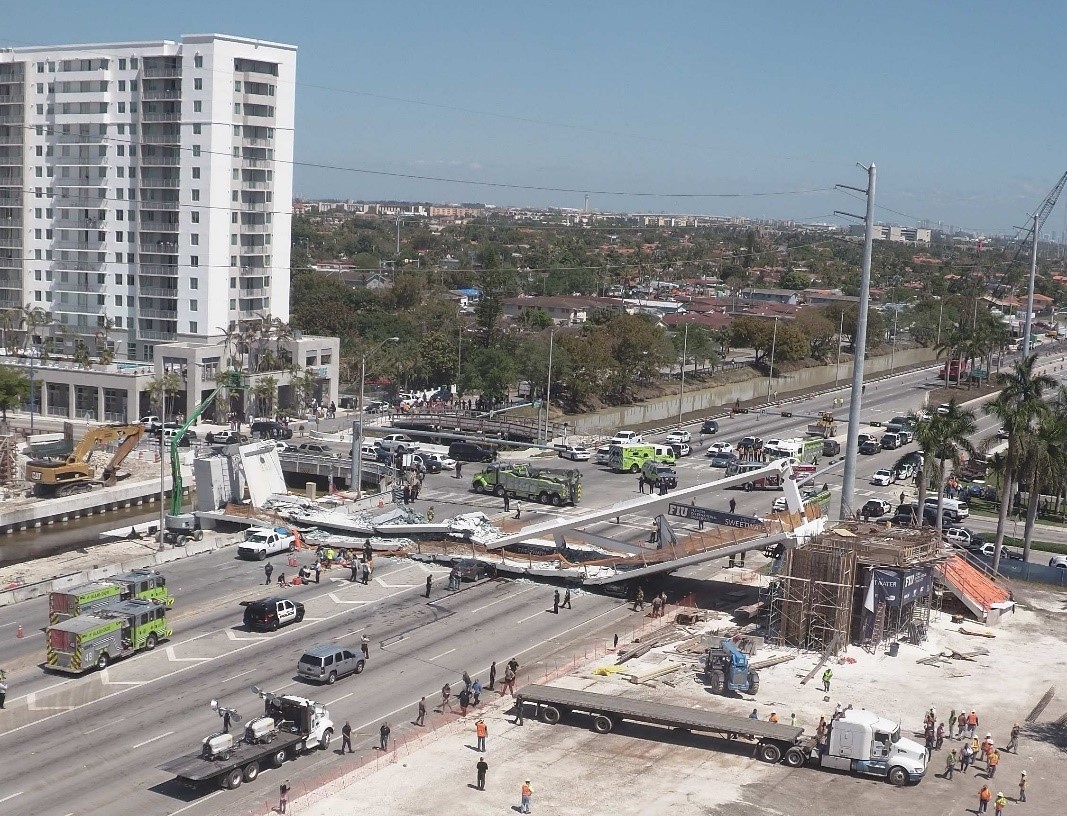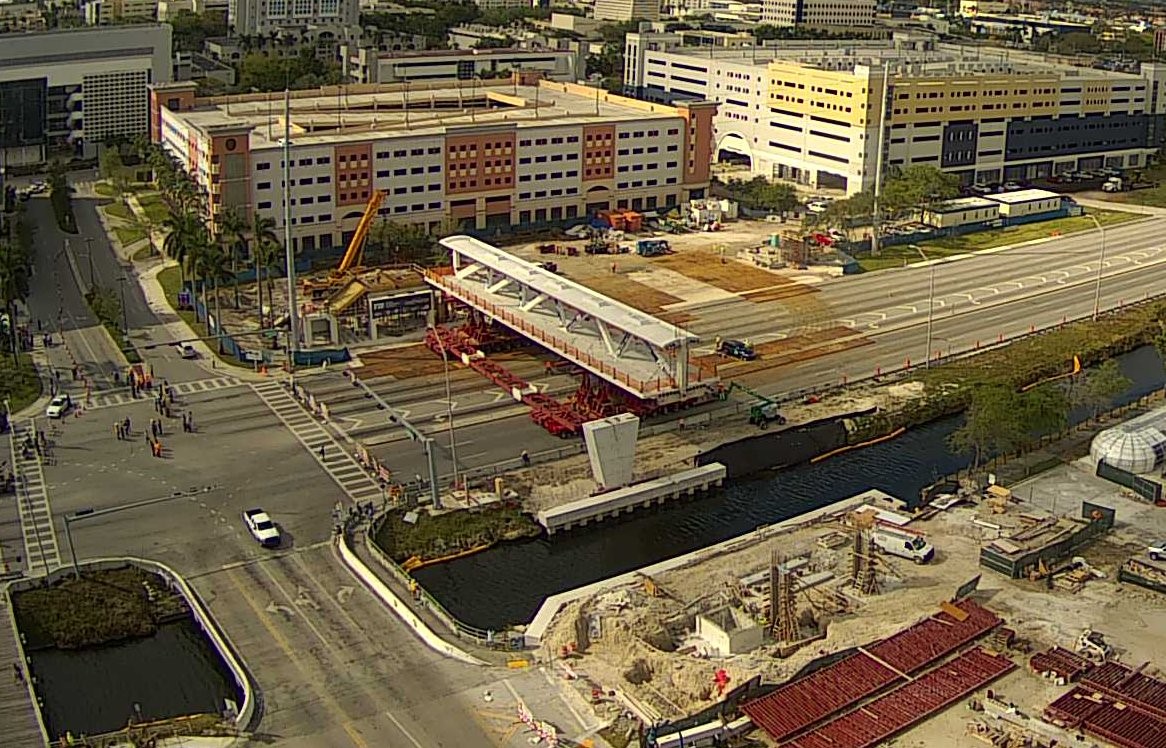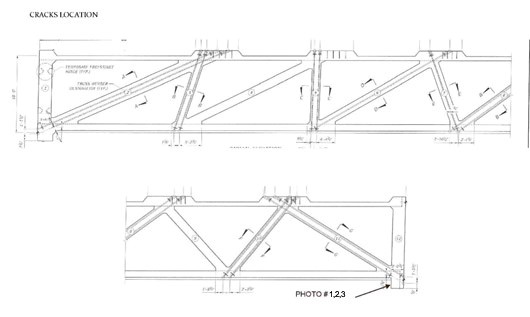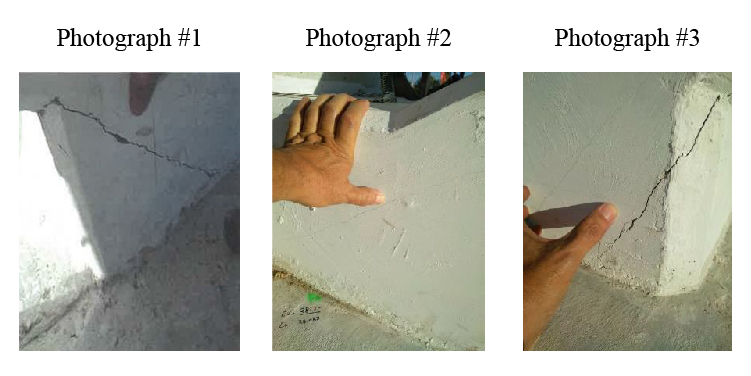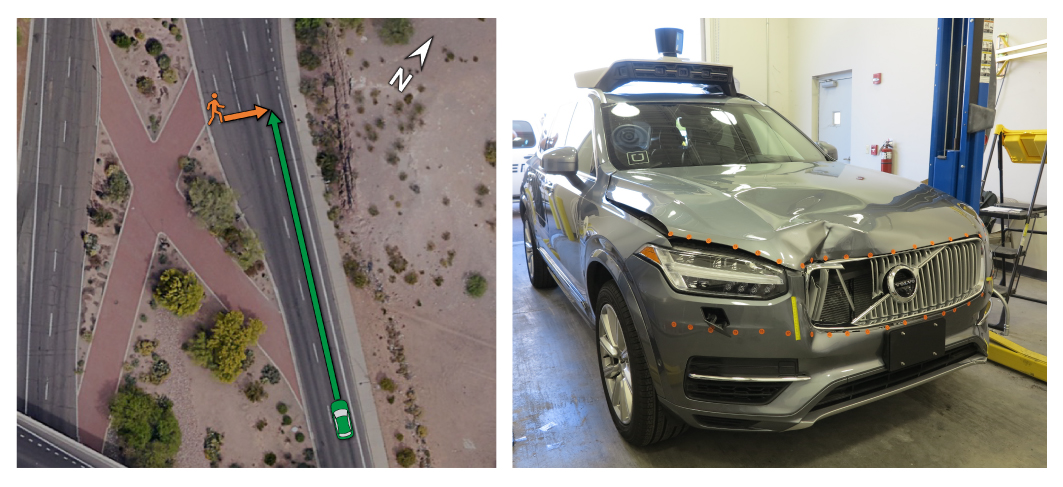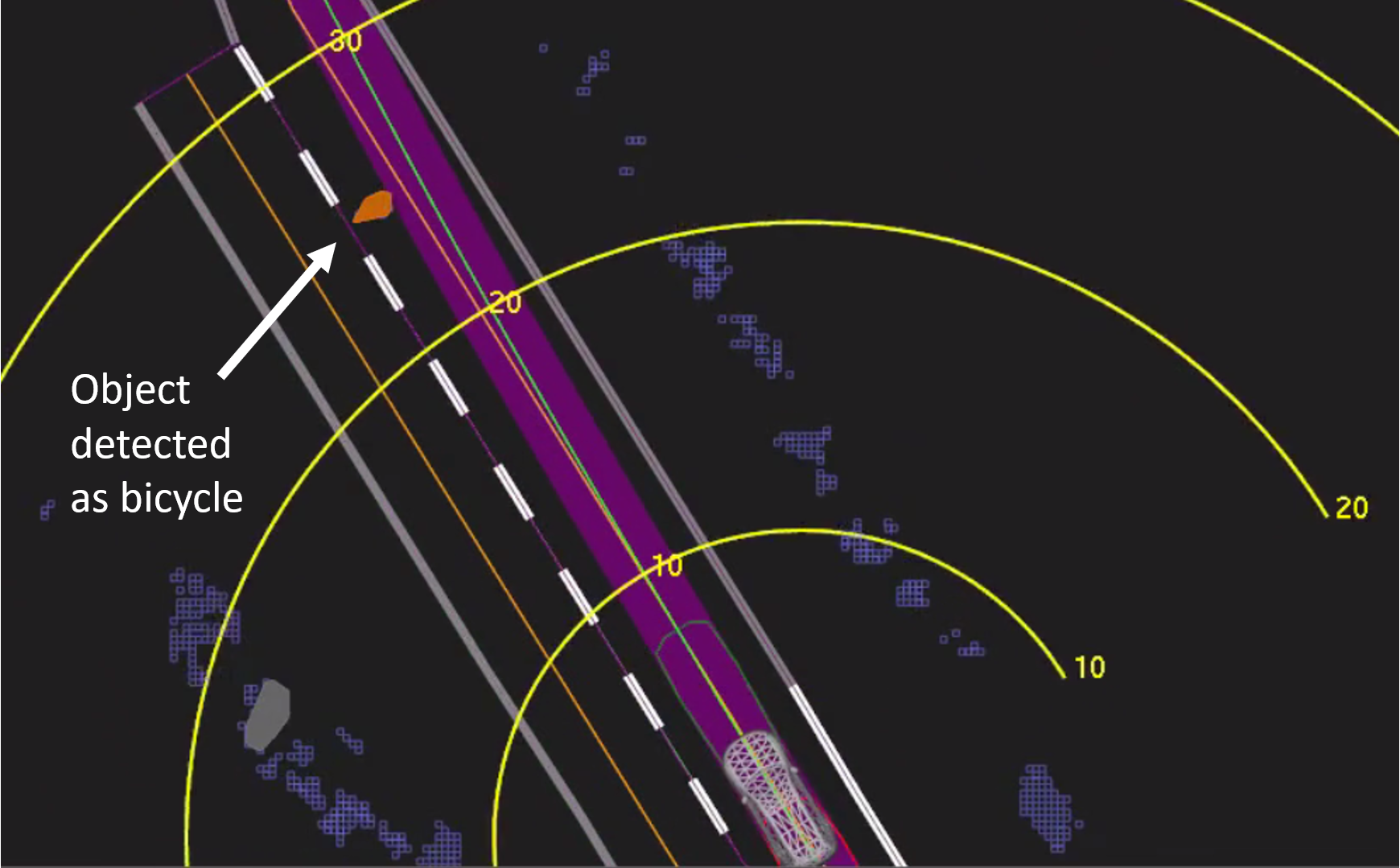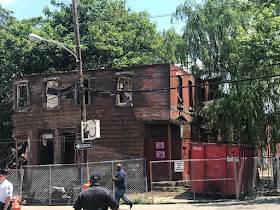The Latest: Name Released of Man Killed in Crash of 2 Trains
Authorities have released the name of a man killed and another man injured in the crash of two trains in northwestern Arizona.
June 6, 2018
TRUXTON, Ariz. (AP) — The Latest on a railroad wreck in northwestern Arizona (all times local):
5:40 p.m.
Authorities have released the name of a man killed and another man injured in the crash of two trains in northwestern Arizona.
Mohave County Sheriff's officials say a Burlington Northern Santa Fe Railway train collided Tuesday afternoon with a Herzog Railroad Services train pushing maintenance equipment in a remote canyon near Truxton 103 miles (166 kilometers) west of Flagstaff.
Sheriff's officials say 63-year-old Walter Erickson of Lenexa, Kansas, was pronounced dead at the scene.
They say another Herzog employee — 26-year-old Matthew Thompson of Salem, Missouri — was airlifted to a Nevada hospital with serious injuries and is listed in stable condition.
Authorities say all occupants of the BNSF train were accounted for and no other injuries were reported.
BNSF spokeswoman Lena Kent says the National Transportation Safety Board will investigate the cause of the crash, which left the BNSF freight train with significant front-end damage and derailed several cars on the Herzog train.
____
12:45 p.m.
A fatal collision between two BNSF Railway trains on the freight railroad's tracks in northwestern Arizona forced Amtrak to use charter buses to carry train passengers between Flagstaff and Los Angeles.
The Mohave County Sheriff's Office said one person was killed and another injured in the wreck, which occurred Tuesday near Truxton, Arizona, which is 103 miles (166 kilometers) west of Flagstaff.
No identities were released, and BNSF spokeswoman Lena Kent declined to say whether the people killed or injured in the wreck in rural Mohave County were BNSF employees.
Amtrak spokesman Marc Magliari said Wednesday the busing of passengers on the passenger railroad's Southwest Chief route between Chicago and Los Angeles will continue until BNSF reopens its tracks at the wreck site.
___
9:20 a.m.
BNSF Railway says its southern mainline between Southern California and Chicago remained shut down Wednesday in northwestern Arizona because of a two-train collision in which one person was killed and another injured.
No identities were released and BNSF spokeswoman Lena Kent declined to say whether the people killed or injured in the wreck near Tuesday in rural Mohave County were employees.
She also declined to provide any information about the circumstances of the wreck but said one locomotive was left derailed but upright and that two cars also were derailed.
Kent said the National Transportation Safety Board will investigate the incident. An NTSB spokesman did not immediately respond to requests for information.
The wreck occurred near Truxton, which is 103 miles (166 kilometers) west of Flagstaff.
___
7:10 a.m.
Authorities say one person was killed and a second injured when two freight trains collided on BNSF Railway tracks in northwestern Arizona.
A BNSF spokeswoman did not immediately respond to requests for information but the Mohave County Sheriff's Office says the collision occurred Tuesday near the small community of Truxton and that deputies reported that one train derailed and that the other had "significant damage."
The Sheriff's Office said the National Transportation Safety Board was notified of the wreck and is "involved in the investigations."
An NTSB spokesman did not immediately respond to a request for information, and sheriff's spokeswoman Anita Mortensen said no information is available about the people who were killed or injured and circumstances of the wreck.
Truxton is 103 miles (166 kilometers) west of Flagstaff.
=========================
TRUXTON, AZ –
One man died and another suffered serious injuries from a train collision Tuesday afternoon in a remote canyon, Mohave County Sheriff’s Office reported.
Walter Erickson, 63, of Lenexa, Kansas, was pronounced dead upon arrival. Matthew Thompson, 26, of Salem, Missouri, was airlifted to University Medical Center in Las Vegas, where he was listed in stable condition.
Deputies were called out to the accident around 3 p.m. Tuesday and saw one train belonging to Burlington Northern Santa Fe Railway with significant front-end damage.
The other train had been pushing maintenance equipment belonging to Herzog Railroad Services, and the equipment had been derailed. Both the deceased and injured man were Herzog employees.
All occupants of the BNSF train were accounted for and no other injuries were reported.
Sheriff Doug Schuster expressed condolences to the family, and said circumstances contributing to the cause of the accident will be investigated by the National Transportation Safety Board.
“Mohave County Sheriff’s Office is here to support NTSB in the investigation of the accident and will be conducting our own independent investigation regarding the loss of life,” Schuster said in a statement.
The sheriff thanked the Arizona Department of Public Safety, American Medical Response, Hualapai Nation Emergency Services, Mohave County and Arizona Department of Transportation for their support.
Information provided by MCSO
ORIGINAL POST
TRUXTON, AZ - One man was dead on scene and another was airlifted by Department of Public Safety Ranger Helicopter after a train collision outside of Truxton near mile marker 91 on Route 66 Tuesday afternoon, according to Mohave County Sheriff's Department and Hualapai Nation Emergency Services.
When MCSO deputies arrived on scene, one train was derailed and another received significant damage.
Hualapai Nation Emergency Services responded with police, fire, adult detention and code enforcement personnel and equipment. Along with DPS and MCSO, BNSF police were on scene.
The investigation is ongoing. National Transportation Safety Board has been notified.
Information provided by Mohave County Sheriff's Department and Hualapai Nation Emergency Services
